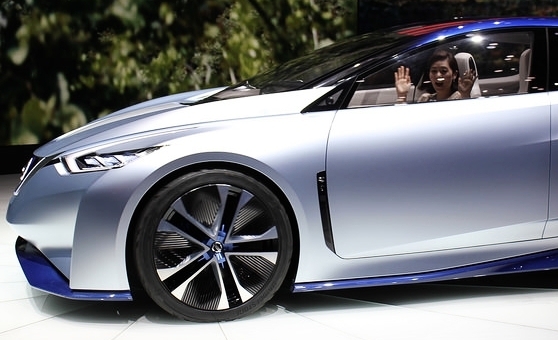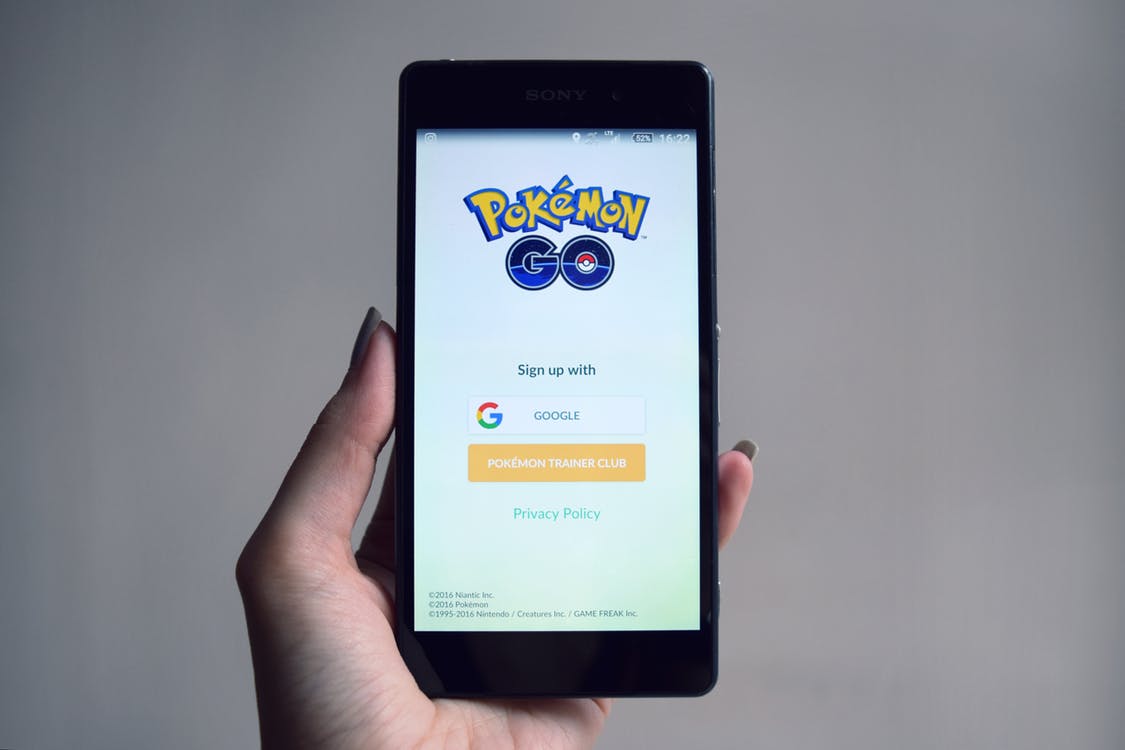If you have found yourself in downtown Detroit recently, you may have noticed a new addition to the city streets - the QLine. The Michigan Law Firm, PLLC blog wrote about the announcement of the QLine in April of 2016, which has since developed from a concept to a fully operational transportation system.
According to The Detroit News, the QLine began operations on May 12, 2017 and rides were free of charge from opening day through Labor Day weekend. Riders began being charged for fares on September 5, 2017 at 6 AM. Over that 12 week time period, the QLine saw ridership increase from 4,000 to 6,300 rides per day. M-1 rail, the company that developed the QLine, said they were prepared for ridership to drop off slightly once fares were put in place, but they expect to average 5,000 rides per day over the first year. The company hopes to reach an average of 8,000 daily riders over the first 5 years of operation. In addition to increased ridership, the QLine also saw an increased number of ride operators. When the QLine opened they had 17 trained operators. They now have 21 and expect to have 27 by the end of their first year. The number of streetcars also increased, as the QLine now has 5 streetcars operating during peak ride times - Monday-Saturday, 10 AM to 7 PM.
The Detroit Free Press reported that the Qline was able to offer free rides for an extended period of time thanks to support from The Kresge Foundation. Now that fairs have been enacted, riders have several options for how they purchase tickets. A three hour pass costs $1.50, and an all day pass costs $3. People who find themselves traveling throughout Detroit often may want to opt for a monthly or yearly pass, which cost $30 and $285 respectively. Riders can purchase passes through a phone app using a credit or debit card. Alternatively, they can purchase tickets at station kiosks using cash and credit or debit cards.
While the payment options to ride the QLine are easy to use, not everything went smoothly on the first day fares were charged, as several kiosks were out of order, and not all stations had taken down signage saying that rides were free, thereby confusing passengers. Passengers also complained about the wait times, although M-1 rail says that wait times have now have decreased from 19 minutes when the QLine first opened, to just under 17 minutes. The company says they are further aiming to shave wait times down to 15 minutes.
Although passengers may not like it, M-1 Rail is likely relieved to now start charging for rides, as construction of the QLine cost $7 million more than expected, according to Crain's Business Detroit. The final estimated cost of the project is $144 million, while earlier estimates expected the project to cost around $137 million. M-1 raised $187.3 million for the project through private donations from corporations, universities, and hospitals. This money was to be used for not only the construction of the QLine, but also to keep it operating for 10 years, before turning it over to the city for it to operate as a public transportation system. But with an estimated yearly operating cost of $5.5-$6 million, this money will fall short of the 10 year mark. M-1 says in order to raise more money, they will solicit more corporate donors as well as government aid, in addition to selling more advertising, and possibly reselling the naming rights.
In the meantime, M-1 is continuously working on ways to improve riders experiences on the QLine. In order to shorten wait times, the QLine no longer stops at every station. Rather, it only stops if a passenger signals that they want to get off, or if there are passengers waiting to get on. Also helping to shorten wait times is increased battery power, reducing the amount of time cars need to stop to have their battery charged. M-1 is also working with MDOT to improve traffic signaling at large intersections, and police are issuing more tickets and towing cars in order to keep the QLine track free of obstructions. From a technology standpoint, M-1 is working on further developing the QLine app to let riders know when it is approaching, and they are installing electric maps at stations that show points of interest in the city, in relation to their location from that stop. M-1 also plans on adding directional signage to each station that helps riders find their way to downtown.
The QLine runs along Woodward Ave from New Center to Downtown, passing through Wayne State University, Midtown, and Foxtown. The QLine operates Monday-Thursday 6 AM to 11 PM, Friday 6 AM to 12 AM, Saturday 8 AM to 12 AM, and Sunday 8 AM to 8 PM. The QLine runs extended hours for special events such as concerts and home games at Comerica Park, Ford Field, and the new Little Caesars Arena.
Systems like the QLine are a great transportation option for cities like Detroit, and an effective alternative to drunk driving. After all, the QLine is cheaper than taking an Uber or a Lyft and still helps people avoid the risk of getting into drunk driving accidents. Having a public transportation system also clears up traffic congestion, which in turn keeps drivers from exhibiting road rage that causes car accidents. However the QLine does add yet another obstacle that drivers must pay attention to on busy city streets. It's easy to get into a motor vehicle accident when a driver is taking a right turn at an intersection and doesn't see the QLine streetcar coming up to the light in the lane the driver needs to cross.
While it may take Detroit drivers some time to get used to sharing the road with this new public transportation system, the long term benefits of the QLine such as preventing drunk driving car crashes and aggressive driving car accidents, make it worth putting up with a little early on confusion.
Public transportation systems can cut down on the amount of traffic and therefore the number of road rage car accidents in busy cities and on the number of drunk driving car accidents. However they can also add confusion and distraction to already busy streets, resulting in distracted driving car crashes. If you have been involved in any type of motor vehicle accident, including one involving public transportation, contact The Michigan Law Firm, PLLC at 844.4MI.FIRM to speak with an attorney experienced in handling these types of cases.















